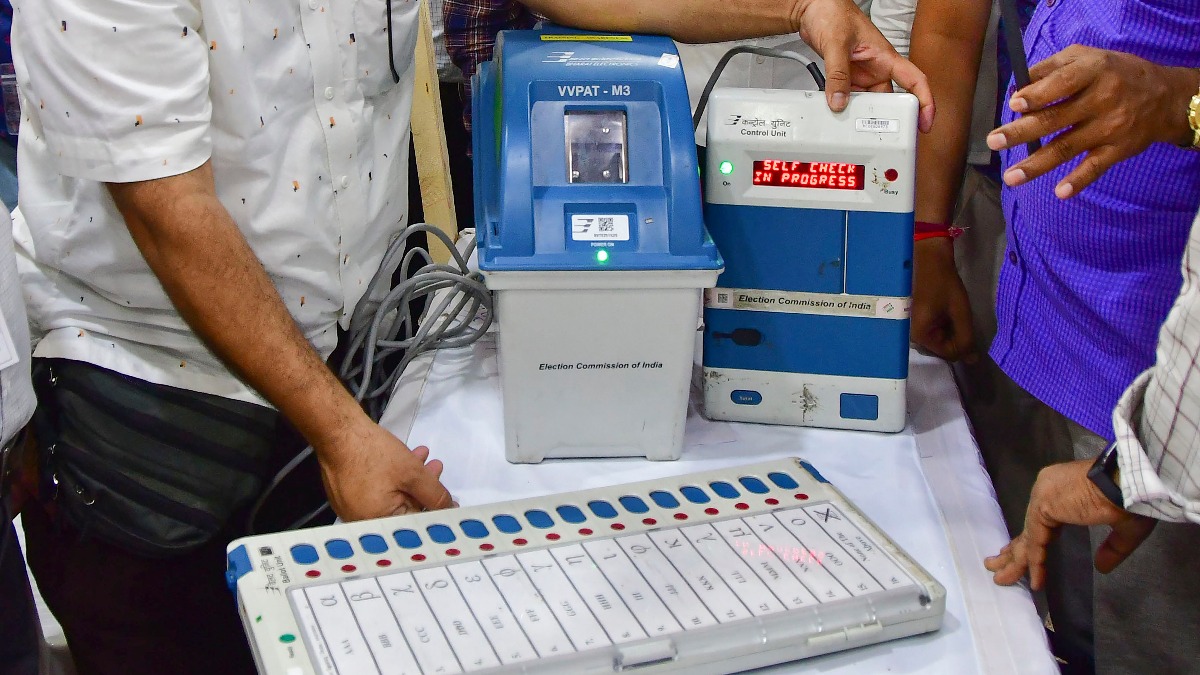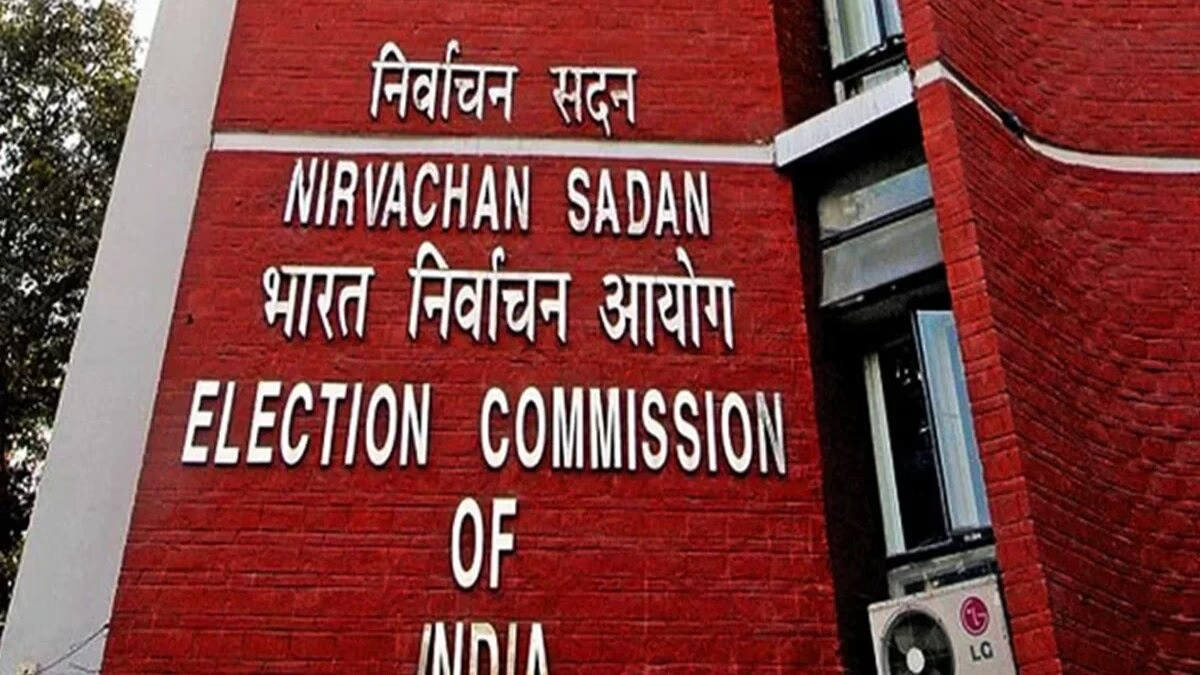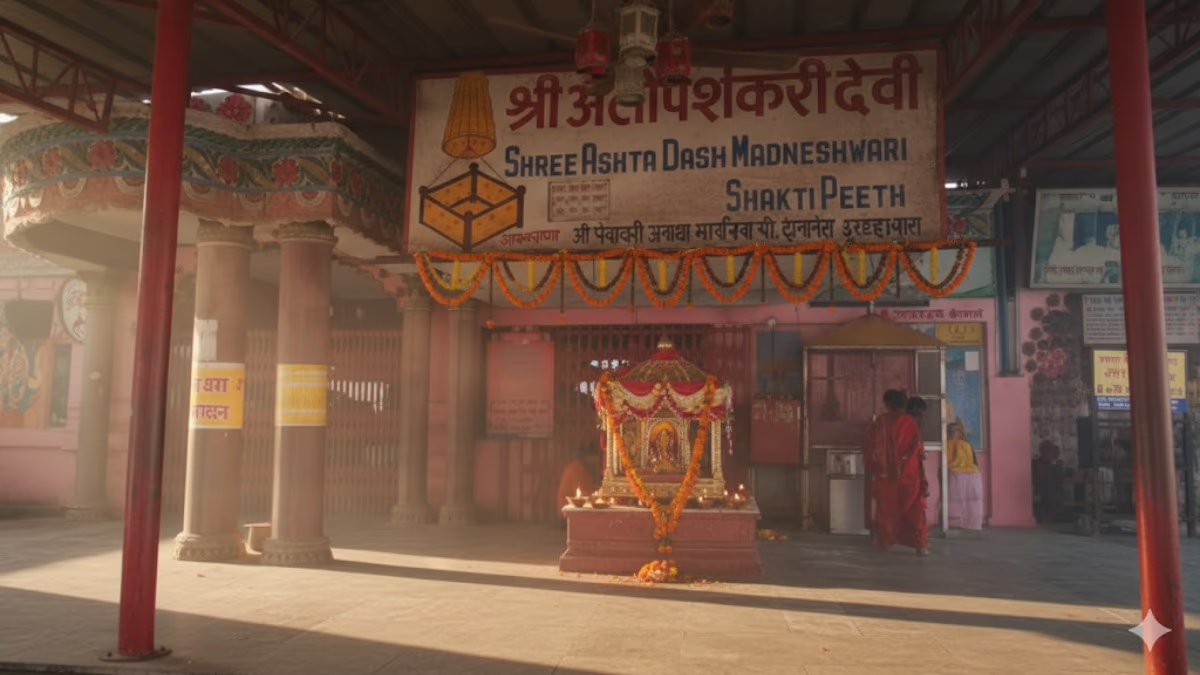As the elections approach, demands have been made once again for tallying all votes through VVPAT slips. The Supreme Court has set the next hearing on this matter for April 16.
In March 2023, the Association for Democratic Reforms (ADR) filed a petition demanding 100% tallying of EVM votes with VVPAT slips. A bench of Justice Sanjeev Khanna and Justice Deepankar Datta is overseeing the hearings.
Previously, activist Arun Kumar Agrawal had also filed a similar petition, on which Justices B.R. Gavai and Justice Sandeep Mehta had issued a notice to the Election Commission. Now, both petitions will be heard together by Justices Khanna and Datta on April 16.
In their petition, ADR stated that cross-verification of EVM votes with VVPAT slips is essential for free and fair elections. They suggested that the barcode on VVPATs could be used to expedite the process.
This is not the first instance when the Supreme Court has received a petition on tallying EVM-recorded votes with VVPAT slips.
What happens currently?
Before the 2019 parliamentary elections, 21 opposition parties had filed a petition in the Supreme Court demanding that 50% of EVM votes be tallied with VVPAT slips for every constituency.
The Election Commission responded that tallying 50% of EVM votes with VVPATs in every constituency would delay the results by at least five days. Following this, on April 8, the Supreme Court ruled that for every parliamentary constituency, five EVMs and their corresponding VVPAT votes should be tallied.
Before this decision, the Election Commission would tally votes from one EVM with VVPAT slips. Later, the 21 opposition parties filed a review petition which was rejected. The Supreme Court clarified that it did not wish to alter the previous decision.
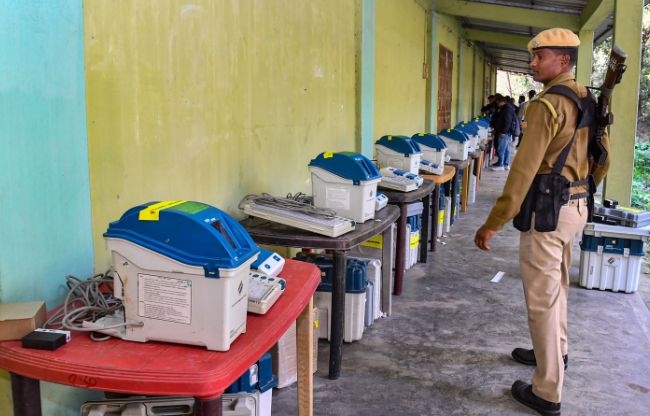
Source: aajtak
What is VVPAT?
The Voter Verifiable Paper Audit Trail (VVPAT) machines were designed by Bharat Electronics Limited (BEL) and Electronics Corporation of India Limited (ECIL) in 2013. These government companies also manufacture Electronic Voting Machines (EVMs).
VVPAT machines were first used during the Nagaland assembly elections in 2013. They were also deployed in select constituencies during the 2014 parliamentary elections and in the Goa assembly elections in 2017.
The 2019 parliamentary elections marked the first time that VVPAT machines were used nationwide, with over 17.3 million VVPAT machines employed.
How does it work?
VVPAT was introduced to bring transparency to the voting process. It stays connected to the EVM.
As soon as a voter casts their vote, a slip is generated. This slip contains the name and symbol of the candidate they voted for.
The slip appears on the VVPAT screen for 7 seconds so that the voter can confirm their vote has been correctly recorded. After 7 seconds, the slip drops into the VVPAT's storage box.
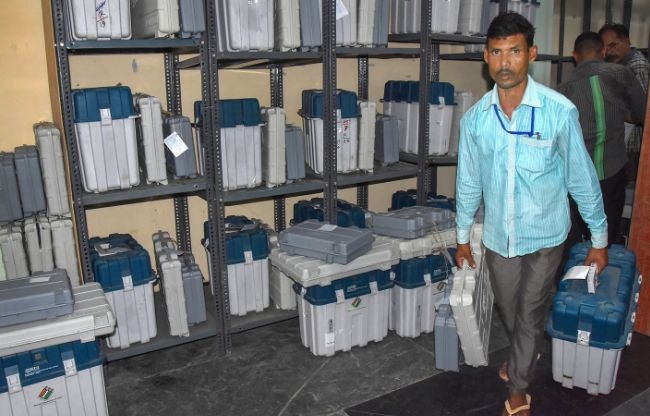
Source: aajtak
How did VVPAT come into the electoral system?
In 2009, BJP leader Subramanian Swamy claimed that Congress had won 90 seats that were believed to be unwinnable.
Following this, he filed a petition in the Delhi High Court, requesting that the Court direct the Election Commission to use a paper trail system. His petition was rejected in 2012.
Swamy then approached the Supreme Court. The Court, in 2013, ruled that paper trails are necessary for independent and impartial elections and directed the implementation of VVPAT.
Following the Supreme Court's directive, the Election Commission issued a manual for EVM and VVPAT and also stated that votes from one EVM would be matched with VVPAT slips.
What does the Election Commission say?
In March 2023, ADR filed a petition for 100% tallying EVM votes with VVPAT slips. The Election Commission filed an affidavit opposing this in September 2023.
The Commission argued that there was an attempt to create 'unfounded and baseless' doubts about the EVM and VVPAT system.
Moreover, it mentioned that manually counting all VVPAT slips would not only be laborious but also prone to 'human error'.
The Commission asserted that EVMs are completely secure and there is no possibility of tampering before, during, or after elections.
How accurate is VVPAT?
In the 2019 parliamentary elections, VVPATs were used alongside EVMs for the first time in 543 seats.
The Election Commission conducted a tally of VVPAT slips and EVM-recorded votes at 20,625 polling stations, finding no discrepancies.
It was reported that no cases of mismatch between the VVPAT slips and EVM votes were detected following the completion of the vote count.
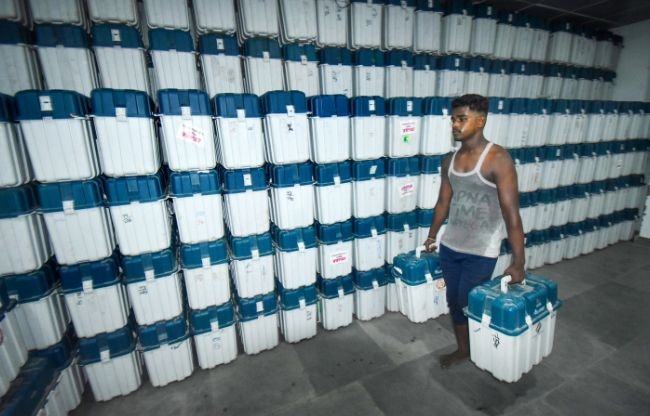
Source: aajtak
How did EVMs make their way to India?
In 1977, the Election Commission of India tasked the government-owned Electronics Corporation of India (ECIL) with developing an EVM. ECIL presented the prototype in 1979, which was demonstrated to political parties by the Election Commission on August 6, 1980.
In May 1982, assembly elections in Kerala were conducted using EVMs for the first time. At that time, there was no law permitting the use of EVMs in elections. The Representation of the People Act, 1951, was amended in 1989 to include the use of EVMs in elections.
Although the law was amended, the use of EVMs did not become prevalent for many years. In 1998, EVMs were used for elections in 25 assembly constituencies in Madhya Pradesh, Rajasthan, and Delhi. In 1999, they were also used for 45 parliamentary seats, and in February 2000, for 45 seats in the Haryana elections.
In May 2001, all assembly seats in Tamil Nadu, Kerala, Puducherry, and West Bengal underwent elections with EVMs. The 2004 parliamentary elections marked the first time all 543 seats used EVMs, a practice that has continued for all elections since then.
